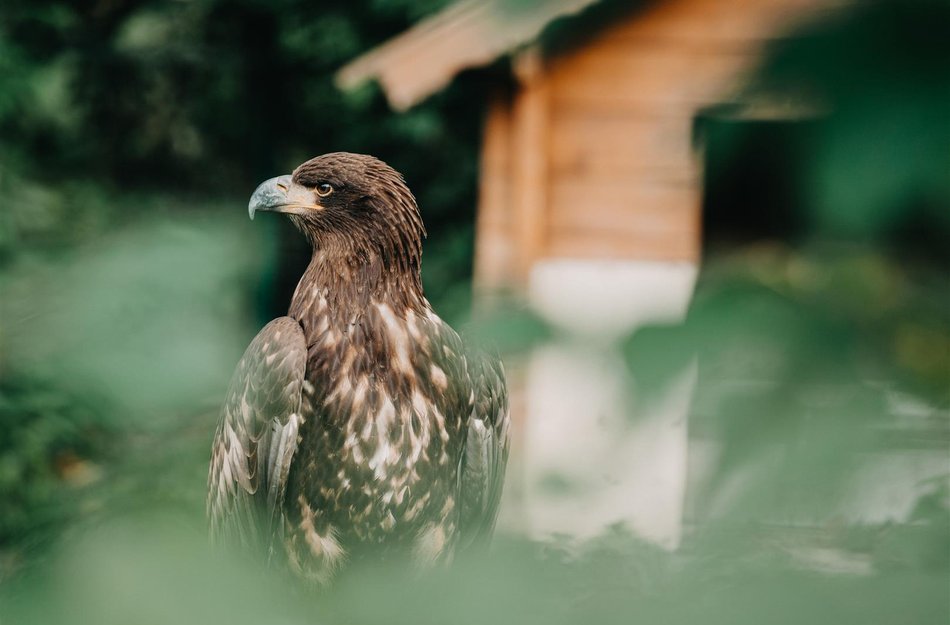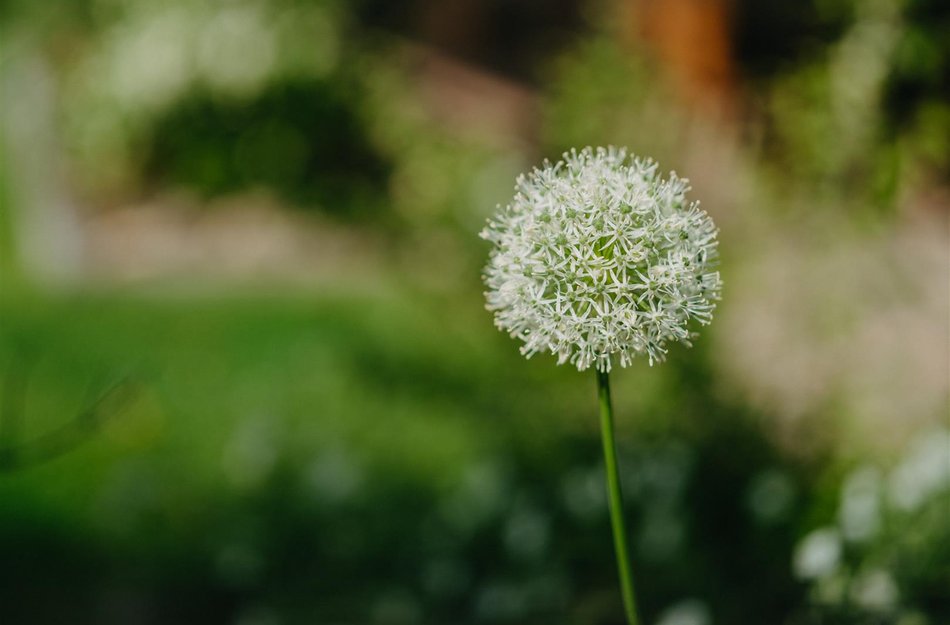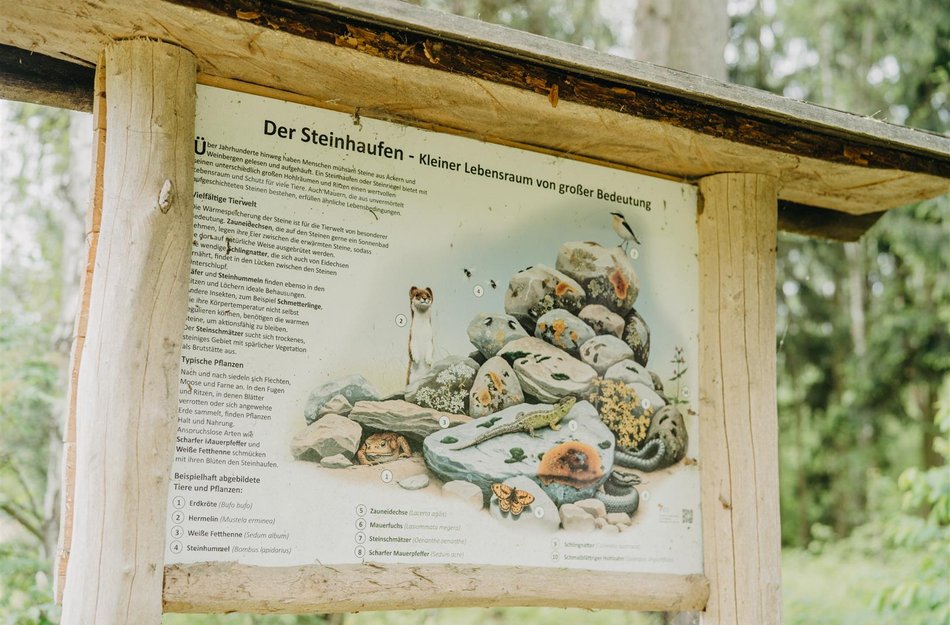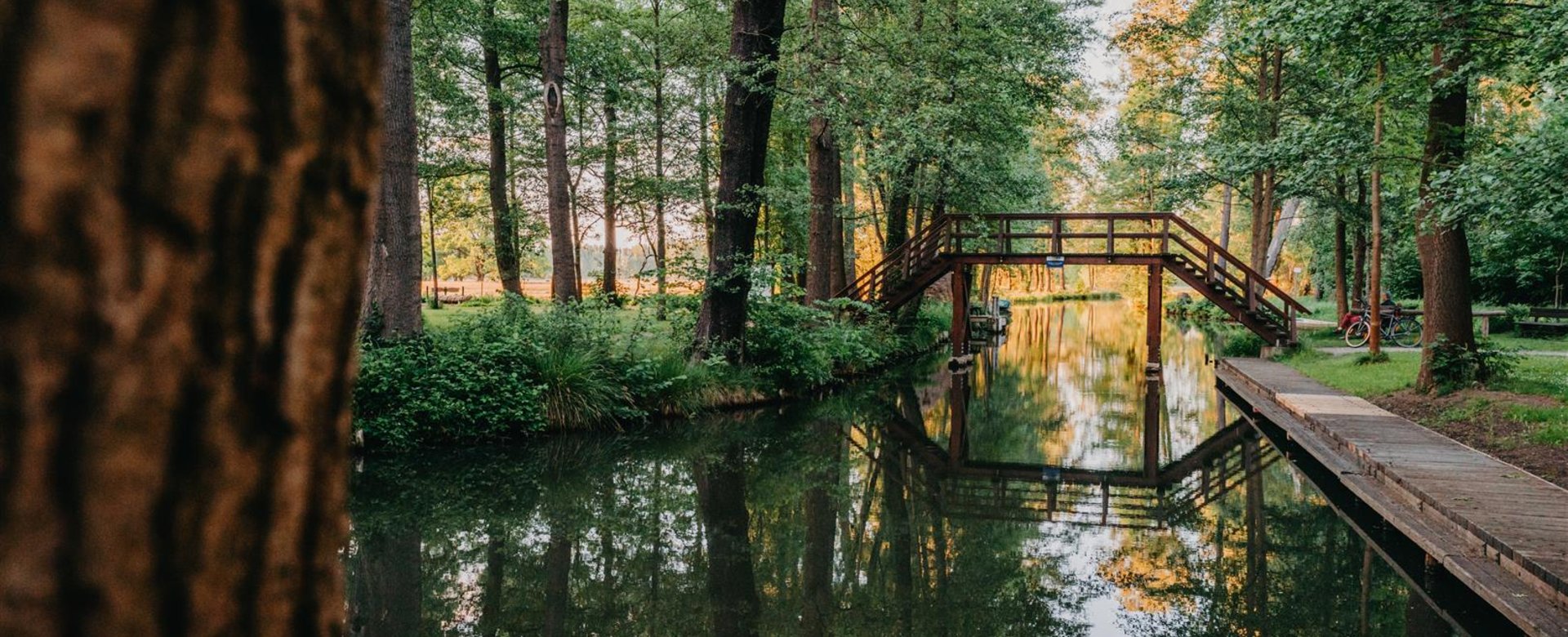With its charming water labyrinths, wet meadows and alder swamp forests, the Spreewald is a valuable habitat for nature and biodiversity.
Climate change and the changing habitat conditions are also having an impact on the Spreewald. The typical wet meadows of the Spree Forest are particularly affected. They are becoming overgrown due to the ever decreasing agricultural use. As a result, plants, insects and other animals are increasingly being driven out.
The water cycle in the Spree Forest is also threatened. The natural silting up of the ditches in which the water flows is hindered by the regular removal of plant growth. As a result, the water runs off more quickly and the danger of floods increases.

Unique flora and fauna
There are currently 15 biosphere reserves in Germany. One of them is the Spreewald Biosphere Reserve, which was officially recognised by UNESCO in 1991. The term refers to cultural landscapes which, due to their unique flora and fauna and fauna and contribute to the preservation of ecosystems and genetic diversity.
One focus of the Spreewald biosphere reserve is nature conservation. In close cooperation between the different actors, efforts are made here to preserve and develop the natural habitats in such a way that they provide a habitat for as many animal and plant species as possible.

More than just nature conservation
However, the Spreewald biosphere reserve is more than just a protected area. It is also a laboratory where new ways for the sustainable use of natural resources are tested and developed. Thus, the Spreewald biosphere reserve makes an important contribution to nature conservation in the Spreewald - and to the protection of our environment as a whole!
The Spreewald Biosphere Reserve is located about 100 km south-east of Berlin in the state of Brandenburg and covers an area of about 47,500 hectares. One of the special features of the region is the 1,500 kilometre long, intricate network of rivers. The river arms typical of the Spreewald were formed during the last ice age and provide a protected habitat for around 5,000 animal and plant species - including rare specimens such as the fire-bellied toad, the white-tailed eagle, the green mosaic dragonfly and the otter. But the old alder stands and the extensive wet meadows and bogs are also home to many rare plant species. home to many rare plant species such as sundew, marsh spurge, cranberry and cotton grass.

